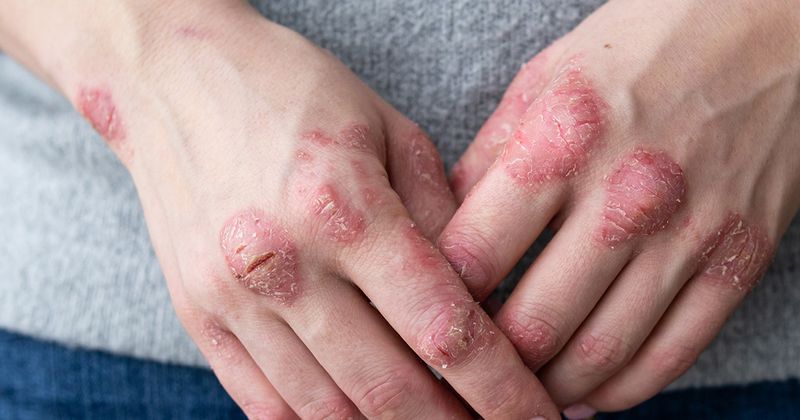Vitamin D ‘does not affect psoriasis severity during winter’ in patients in Norway
Key takeaways:
- No significant differences in PASI score were observed between vitamin D and placebo groups.
- Physician Global Assessment and Dermatology Quality of Life Index scores were also similar between groups.
Vitamin D administered during winter to a cohort of patients with psoriasis in Norway failed to best placebo in disease severity score, according to a study.
“Vitamin D has several effects of importance to normal skin function, and in regulation of our immune system; these are both of relevance to psoriasis,” Marita Jenssen, MD, of the department of dermatology at the University Hospital of North Norway in Tromsø, told Healio. “Vitamin D-containing creams are used in routine practice in the treatment of psoriasis, but so far, we do not know if oral vitamin D supplementation is beneficial to psoriasis patients.”

In the randomized, double-blind, placebo-controlled clinical trial, Jenssen and colleagues assessed the impact of vitamin D supplementation on psoriasis severity through the winter months. The analysis included two parallel groups studied through the 4 months of winter during 2017 to 2018 and 2018 to 2019.

“By conducting the study during winter in North Norway, with no available sunlight, we separated the effect of vitamin D supplementation from those of UV exposure,” Jenssen said. “This also made sure that the placebo group did not have an increase in their vitamin D levels because of sunshine. Moreover, we included only participants with low vitamin D levels at baseline, as those are most likely to benefit from supplementation.”
Eligible participants had active plaque psoriasis and 25-hydroxyvitamin D (25[OH]D) levels of less than 24 ng/mL, according to the findings.
Vitamin D was administered with a loading dose of cholecalciferol at 100,000 IU followed by a dose of 20,000 IU per week. Controls received placebo.
The primary endpoint was assessed using PASI, whereas the Physician Global Assessment, self-administered PASI and Dermatology Life Quality Index scores served as secondary endpoints.
The cohort of 122 participants was 37.7% women with a mean age of 53.6 years (standard deviation [SD], 10 years). The baseline PASI score was 3.1 (SD, 2), whereas the mean serum 25(OH)D level was 14.9 ng/mL (SD, 3.9).
Sixty patients were randomly assigned to active therapy and 62 were assigned to placebo, with 59 in the vitamin D group and 61 in the placebo group completing the study.
At the end of the study, mean 25(OH)D levels were 29.7 ng/mL (SD, 5.2) for the vitamin D group and 12 ng/mL (SD, 3.8) in the placebo group.
The adjusted difference between the two arms in PASI score was 0.11 (95% CI, 0.23 to 0.45), which the researchers noted was not significant.
Similarly, no significant differences were reported between the two groups in terms of Physician Global Assessment score (adjusted OR = 0.66; 95% CI, 0.27-1.63). The adjusted difference between the two groups was also not significant for self-administered PASI score (0.6; 95% CI, 1.76 to 0.55) or Dermatology Life Quality Index (0.86; 95% CI, 1.9 to 0.19).
“Based on other vitamin D supplementation-trials performed in our hospital, using the same vitamin D doses, we expected the vitamin D levels in the treatment-group to rise more than it did,” Jenssen said. “Moreover, based on our clinical experience, we expected more increase in psoriasis severity during the winter. This did not occur.”
The researchers observed no adverse effects of the intervention.
“Results from our study suggest that vitamin D supplementation does not affect psoriasis severity during the winter,” Jenssen concluded. “However, low severity scores at baseline may explain the lack of measurable effect. The lower-than-expected increase in 25-hydroxyvitamin D levels in the treatment group may have affected the results.”
